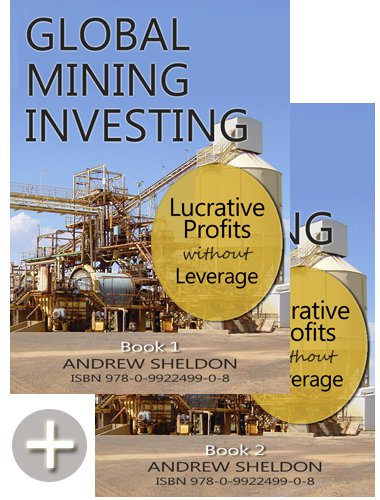It is apparent that the gold-oil price ratio has traded within a band (approx. 7 to 34) for the last 146 years.
This band was only breached for a short time during the 1930s Great Depression. What is interesting is that there appears to be a change in trend, or the commencement of a new cycle starting with the Depression in 1933.

I have no conclusive evidence to account for the cause in this cycle, but I can suggest some insights into its cause, or the relationship between gold and oil prices. Gold and oil are both tangible commodities priced in USD. Both commodities are driven by supply & demand for periods of time, but gold has a 2nd function as money. By 'money' I mean 'real' money with a tangible asset to support it. Unlike the paper trash that is backed by governments legal sanction to expropriate your wealth. When fiat (paper) currency is no longer trusted because of declining credit standards, then a speculative demand for gold emerges, and hence the price of gold rises in these periods. It matters little whether the credit crisis is created by business, households or government, you can be sure government will be called upon to clean it up.
For this reason, in 1933, a high gold price corresponded to a very low oil price, as demand for petroleum sank with the global economic woes. I think the black bands marked above account for the normal price variance of oil & gold during periods of normal economic conditions. I suspect the 1920s broke this trend because during a boom, gold prices were low because the metal offered no yield. This also corresponded to the ascension of the modern car-based society, so I suspect there was a shortage of oil for transportation at this time.
Ok looking to the modern times. The following chart offers a better (daily) data set - from 1986 to 2008. It shows the oil-gold price ratio trading in the same band, though on this occasion the band has a shorter time span and more data points. It is apparent that the curve slopes slightly upwards. I suspect the slow is the result of growing energy intensity for the global economy. We all know the USA reliance on oil has fallen as it has shifted to a services economy. But we need to appreciate that this shift is offset by growing reliance of China, India and other developing countries for oil - hence a rising energy (oil) intensity for them. Anyway thats my theory. More imoportant is what it implies about gold prices. It suggests in relation to oil prices they are relatively low. Of course the fortunes of gold (in terms of oil) will be greatly improved as oil prices fall. We can expect at some point inflation to prompt central banks to raise interest rates to subdue spiraling wages. This will spark a slowing in the global economy and a contraction in oil demand and prices.

It is difficult however to use this ratio as a price determinant for gold. There are several reasons:
1. Oil prices are very volatile
2. OPEC has considerable impact on oil prices
3. Oil prices - unlike the DJIA or gold - are priced at the margin for industrial demand
We can however use the ratio to give us some guidance though of when to sell as time passes.








![[Most Recent Quotes from www.kitco.com]](http://www.kitconet.com/charts/metals/gold/t24_au_en_usoz_2.gif)
![[Most Recent Quotes from www.kitco.com]](http://www.kitconet.com/charts/metals/silver/t24_ag_en_usoz_2.gif)
![[Most Recent Quotes from www.kitco.com]](http://www.kitconet.com/charts/metals/platinum/t24_pt_en_uskg_2.gif)
![[Most Recent Quotes from www.kitco.com]](http://www.kitconet.com/charts/metals/palladium/t24_pd_en_usoz_2.gif)
No comments:
Post a Comment